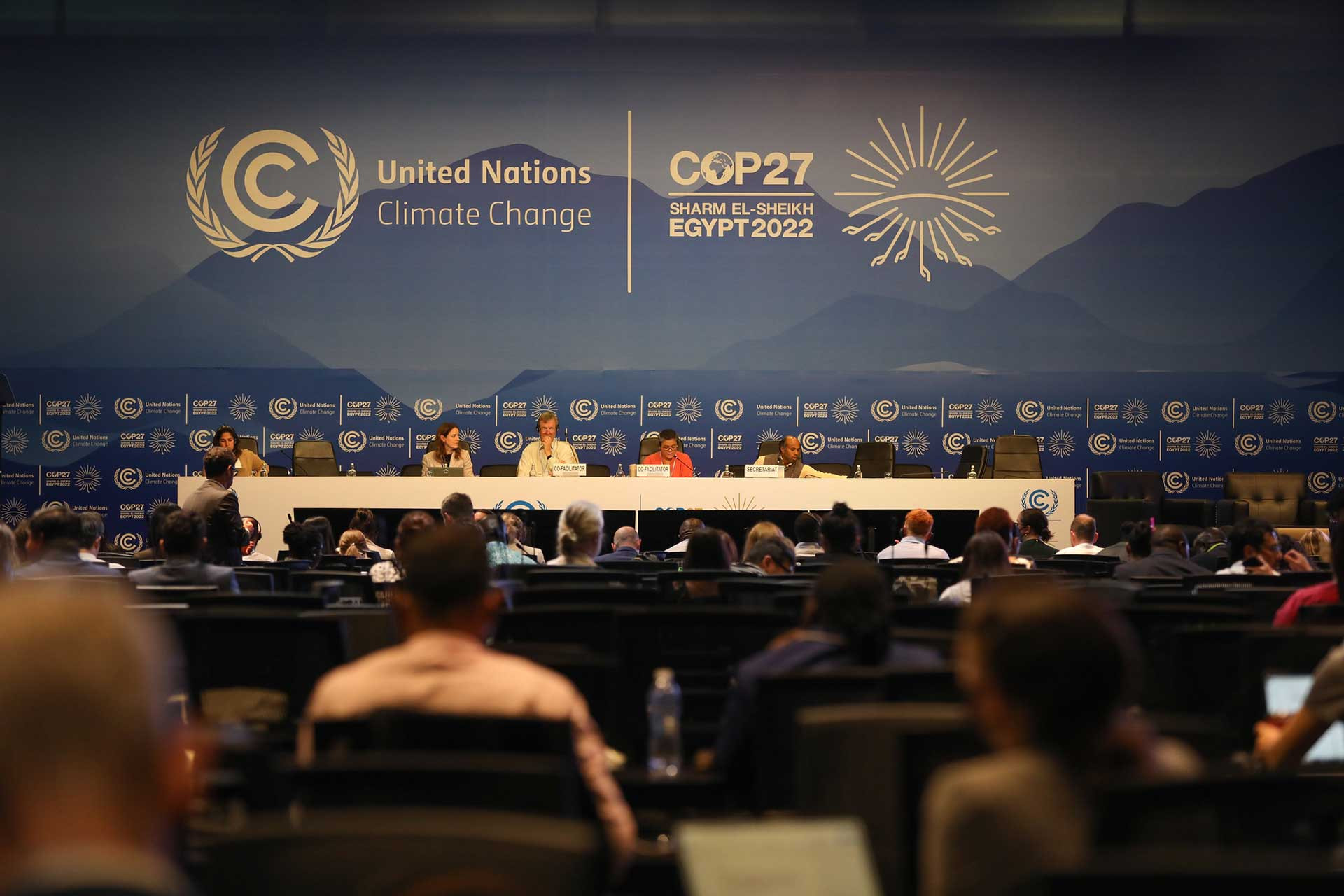National
COP27: India distances itself from historical polluters
Aided by the backing of a suite of developing nations, India reportedly blocked an attempt by developed countries to call on all top 20 emitters of carbon dioxide to discuss acute emission cuts at the UN Climate Summit in Egypt. The list of top 20 emitters includes developing nations like India and China that are not responsible for the warming that has already occurred. At COP26 in Glasgow last year, parties had agreed to develop a Mitigation Work Programme (MWP) to limit the average global temperature rise to 1.5 degree Celsius. India and other developing countries said the "MWP should not lead to the reopening of the Paris Agreement", which clearly states that climate commitments of countries have to be nationally determined based on circumstances. India received support from nations, including China, Pakistan, Bangladesh, Sri Lanka, Nepal and Bhutan.
Read more: COP27: India thwarts attempt to club it with historical polluters | The Hindu
Great Nicobar Project: Clearance granted to divert 8.5L trees and 130sq.km. of forest land
The Ministry of Environment, Forest and Climate Change (MoEFCC) has, in principle, granted permission for the clearance of nearly 130.75sq.km. of forest cover in the Great Nicobar island for a mega development project which includes a transshipment port, an airport, a power plant and a greenfield township. The project by Andaman and Nicobar Islands Integrated Development Corporation is estimated to cost ₹72,000 crore. It will be the largest diversion of forest land in recent history, potentially felling 8.5 lakh trees. According to the official documents of the ministry, Great Nicobar is one of the best-preserved tropical forests in the world and home to about 650 species of flora and 330 species of fauna.
Read more: Over 130 Sq Km Forest Land to Be Diverted for Great Nicobar Island Megaproject | The Wire
Cauvery South Wildlife Sanctuary notified as Tamil Nadu’s 17th wildlife sanctuary
On November 8, 2022, the Tamil Nadu government notified Cauvery South Wildlife Sanctuary as the 17th wildlife sanctuary in the state. Spread across 68,480 hectares, it covers reserve forest areas in the Krishnagiri and Dharmapuri districts, which are home to 238 species of birds and 35 species of mammals, including the Leith's Softshell Turtle, Smooth-coated Otter, Marsh Crocodile, Four-horned Antelope and more. The new sanctuary will connect Tamil Nadu's Cauvery North Wildlife Sanctuary with Karnataka's Cauvery Wildlife Sanctuary, thus forming a large, contiguous network of protected areas. The sanctuary was notified under Section 26-A of the Wildlife (Protection) Act, 1972.
More national headlines:
- Most number of tigers seized from poachers in India in 2 decades: Report | Down To Earth
- Level of groundwater extraction lowest in 18 years, finds study | The Hindu
You may also like to read
International
8 billion! World population reaches new milestone!
On November 15, 2022, the global population is projected to reach 8 billion, and India is projected to surpass China as the most populous nation in the world in 2023. According to World Population Prospects 2022, the global population is growing at its slowest rate since 1950. The United Nations projects the world population to reach 9.7 billion in 2050 and to peak around 10.4 billion during the 2080s. The UN report also states that fertility has fallen markedly in recent decades for many countries.
Read more: World population to reach 8 billion on 15 November 2022 | United Nations
Massive hidden river under Antarctica spells bad news for sea-level rise
New research shows that at the base of Antarctica's ice, an area the size of Germany and France is feeding meltwater into a super-pressurised, 290-mile-long river that runs to the sea. Earlier, it was assumed that the Antarctic ice was frozen to the bed, but this new research reveals major implications for global sea-level rise. “What we concluded is the melting is really small—it's like a millimetre per year. But the catchment is enormous, so you don't need much melting. That all funnels together into this river, which is several hundred kilometres long, and it's three times the rate of flow of the river Thames in London," said Imperial College London glaciologist Martin Siegert, co-author of a new paper in Nature Geoscience.
Read more: Scientists Are Uncovering Ominous Waters Under Antarctic Ice | WIRED
Oxfam reports annual emissions of billionaires million times that of the average person
The global poverty charity Oxfam has reported that the investments of 125 billionaires produce 393 million metric tonnes of carbon dioxide emissions annually, which is the equivalent output of the whole of France. In comparison, people outside the world’s wealthiest 10 per cent emit an average of 2.76 metric tonnes of carbon dioxide annually, making the average billionaire's annual emissions a million times higher. Danny Sriskandarajah, chief executive of Oxfam GB, called for world leaders to “expose and change the role that big corporates and their rich investors are playing in profiting from the pollution that is driving the climate crisis.”
Read more: Billionaires emit a million times more greenhouse gases than the average person: Oxfam | CNBC










